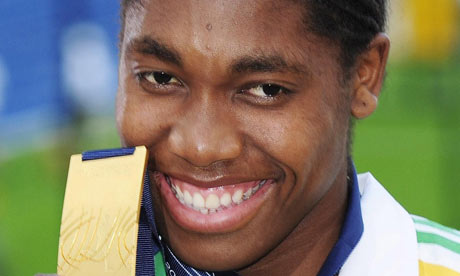
man-up
It is said
about men
that they
have it
The balls
that fascist ruler-past
out in Brexit country
she had it they say
The balls
we hear now
that she can
our Caster Semenya
she can
man-up
and race
against men
she still
facing a testing time
in a world insensitive
to anything unlike
(a strong girl she is
post-Saartjie Baartman
post-apartheid’s pencil test
and virginity testing too)
man-up
they say
those folks
are they men
one and all
those folks
who run
athletics
man-up
they say
not yet
Uhuru
(Photo Credit: Athletics Weekly)

